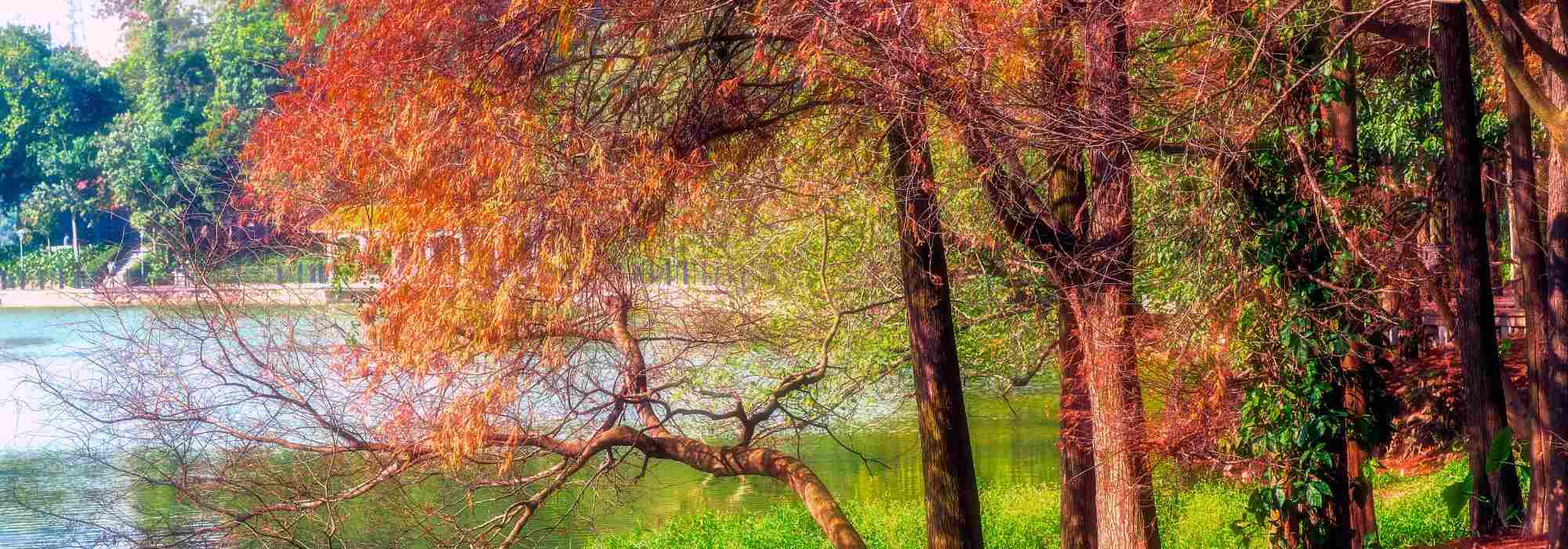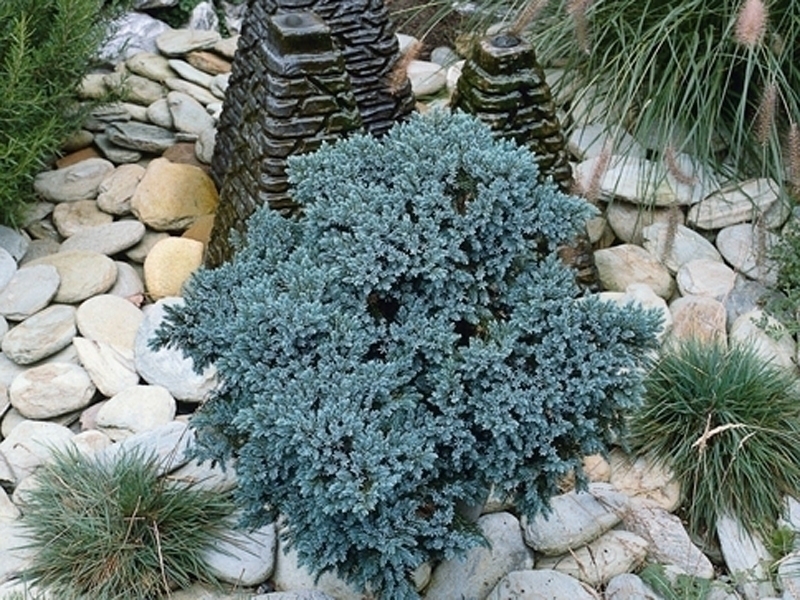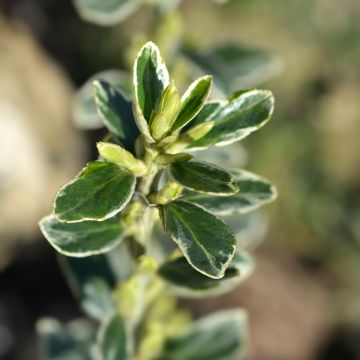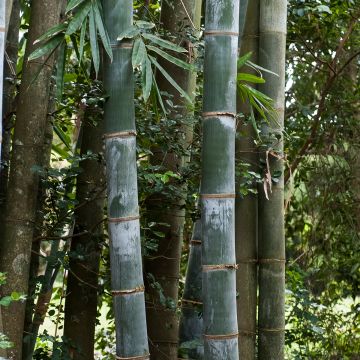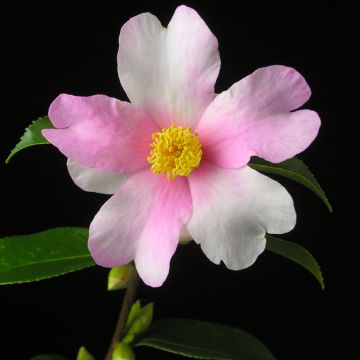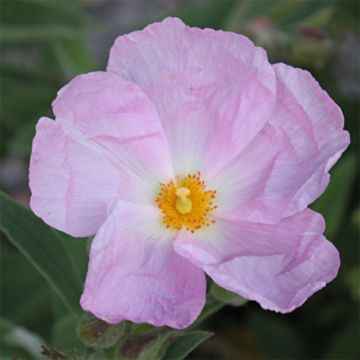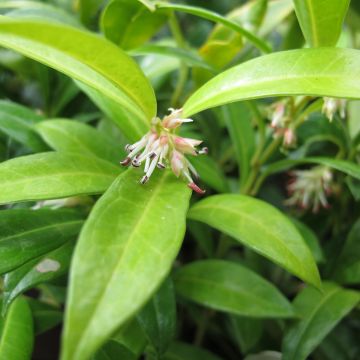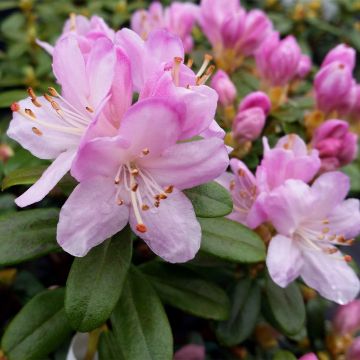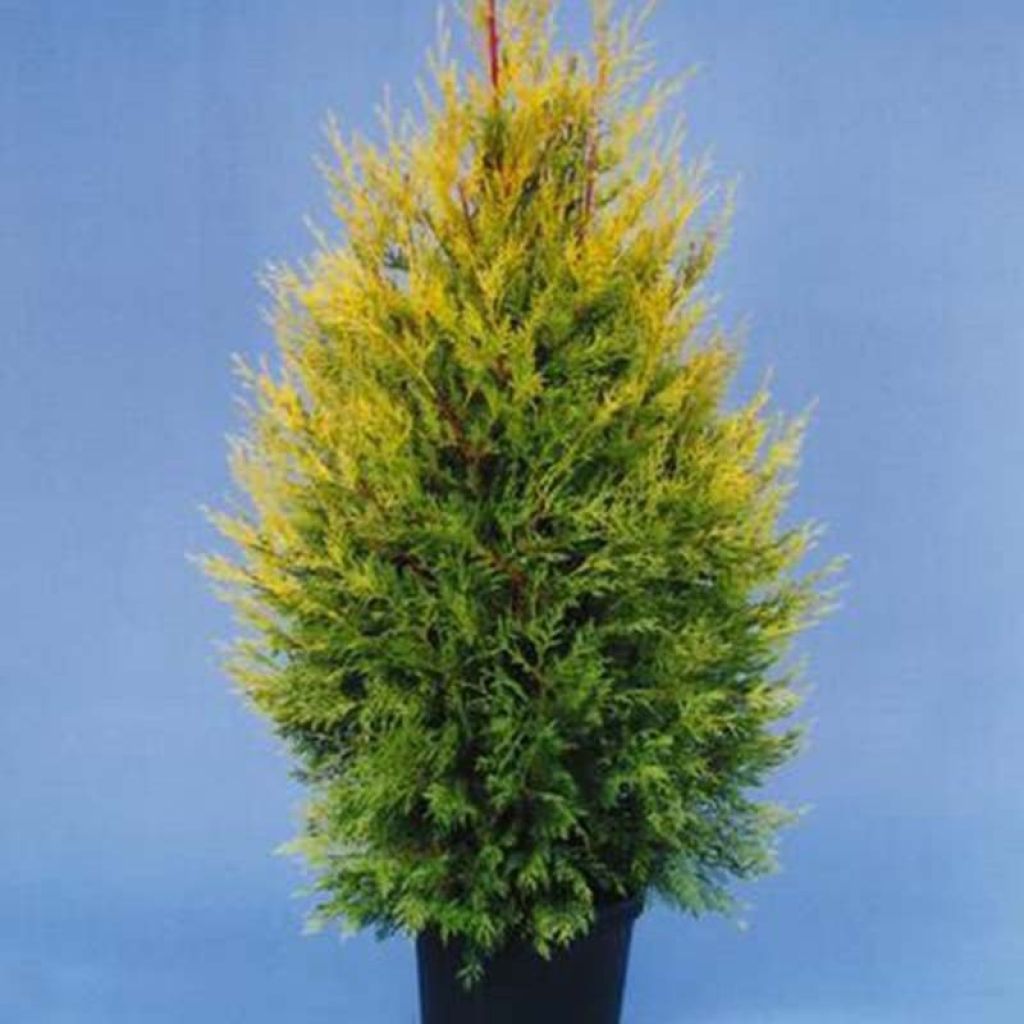

Cupressocyparis leylandii Excalibur Gold
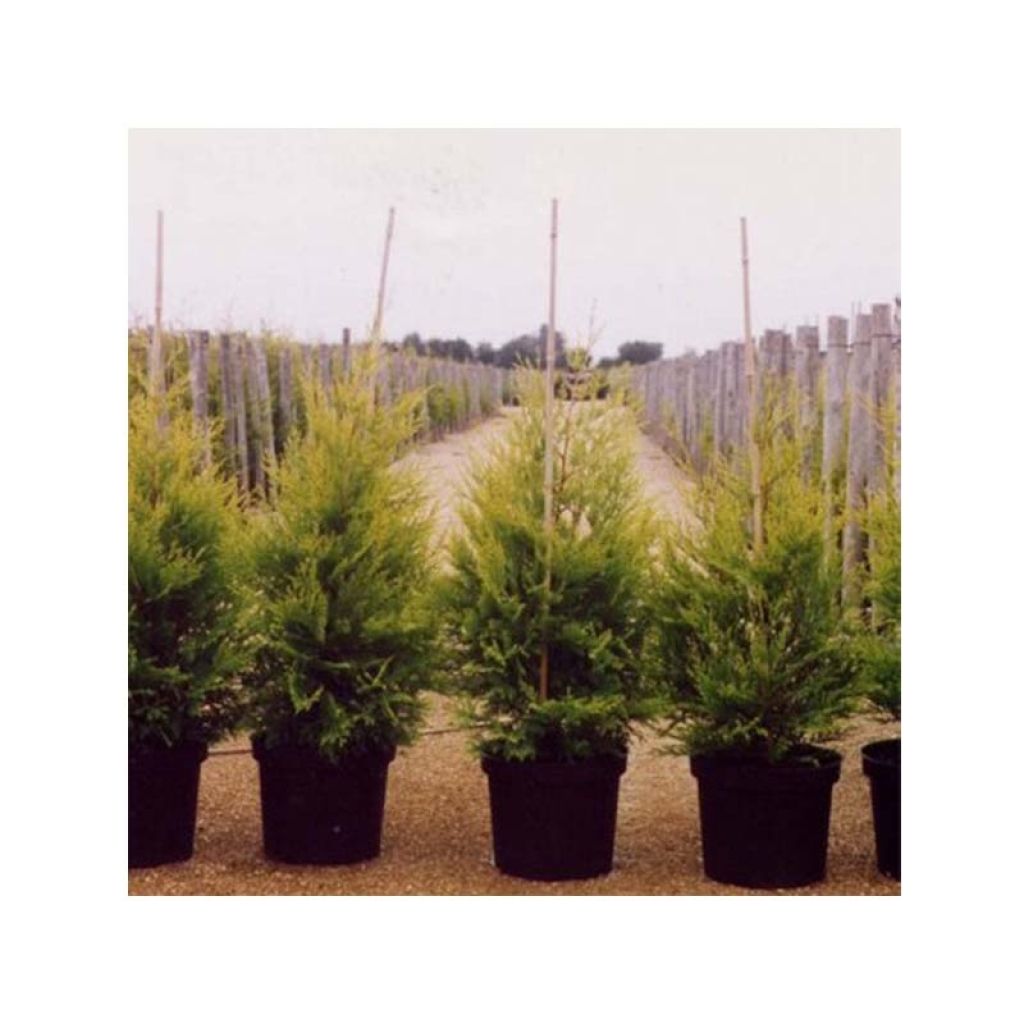

Cupressocyparis leylandii Excalibur Gold
Cupressocyparis leylandii Excalibur Gold
Cupressocyparis leylandii Excalibur Gold
Cyprès de Leyland
Can it be planted near a wall?
lulu, 16/03/2025
Special offer!
Receive a €20 voucher for any order over €90 (excluding delivery costs, credit notes, and plastic-free options)!
1- Add your favorite plants to your cart.
2- Once you have reached €90, confirm your order (you can even choose the delivery date!).
3- As soon as your order is shipped, you will receive an email containing your voucher code, valid for 3 months (90 days).
Your voucher is unique and can only be used once, for any order with a minimum value of €20, excluding delivery costs.
Can be combined with other current offers, non-divisible and non-refundable.
Home or relay delivery (depending on size and destination)
Schedule delivery date,
and select date in basket
This plant carries a 24 months recovery warranty
More information
We guarantee the quality of our plants for a full growing cycle, and will replace at our expense any plant that fails to recover under normal climatic and planting conditions.

Would this plant suit my garden?
Set up your Plantfit profile →
Description
The Cupressocyparis (x) leylandii 'Excalibur Gold' is a variety of Leyland cypress that is quite similar to the famous Castlewellan Gold, but surpasses it with its much more golden foliage that does not brown in the sun. It is a large hedge conifer, dense and well-branched from the base, whose growth can be controlled through pruning, which is well tolerated, making it easy to use in an evergreen hedge. Not demanding, hardy, it adapts to fairly poor soils, limestone, clay, pollution, sea spray, and salty mist. However, rocky soils and the very dry climate of the Mediterranean should be avoided.
The (x) Cupressocyparis leylandii is a spontaneous hybrid between the Cupressus macrocarpa, the Lambert or Monterey cypress, native to the forests bordering the central Californian coast, and the Chamaecyparis nootkatensis, the Nootka false cypress, native to the northern part of the western coast of North America. These two hardy conifers, with large growth, adaptable to the soil, appreciate rather humid climates. Both belong to the Cupressaceae family.
The 'Excalibur Gold' cultivar, introduced in 2000 in Great Britain, differs from the classic Leyland cypress mainly in the coloration of its foliage and its more compact habit. Unlike other golden foliage varieties, it tolerates sunny exposure well.
Its growth is very rapid, after an establishment period. The 'Excalibur Gold' cypress will reach an average height of 4m (13 ft 1 in) and a width of 2m (6 ft 7 in) in 10 years if not pruned or lightly pruned, and will exceed 15m (49 ft 2 in) in height in the long run. Regular pruning (twice a year) will be necessary if you want to keep it at 2 or 3m (6 ft 7 in or 9 ft 10 in) in height in a conventional hedge. This conifer naturally has a regular, pyramidal, and dense habit. Its flexible and slightly upright branches are adorned with fairly coarse foliage when observed up close, aromatic when crushed. Its scent is slightly acidic. Its small, blunt triangular leaves are imbricated on short cylindrical branchlets themselves implanted on branches. The young shoots are golden yellow in spring, then the foliage slightly greens in summer while maintaining a beautiful golden hue.
This conifer produces pollen that can be allergenic for some people in early spring. The female cones, globular and green, turn brown when ripe. The reddish-brown bark becomes grayish with age. The root system of this tree is taprooted, allowing it to anchor very deeply in the soil to draw water and nutrients, and resist wind, even strong winds. Its hardiness is excellent, around -20°C (-4 °F).
The Excalibur Gold Leyland Cypress, truly bright, breaks the monotony of an invariably green landscape throughout the year. It is perfect in a hedge that will protect the garden, at the limits of the countryside or by the sea, for example. However, maintaining it at a height of 2 meters (6 feet 7 inches) is quite restrictive and requires repeated pruning from a young age. For a boundary hedge, opt instead for a mix of smaller evergreen shrubs; Elaeagnus ebbingei, photinias, laurel tins, privets, Japanese spindle, bay laurel, osmanthus, which are much easier to control in reasonable proportions. In a large garden or park, the Leyland cypress becomes a majestic pyramid in a few years if allowed to grow freely. It can thus be placed as a standalone tree or mixed with other large shrubs in a hedge that will promote biodiversity in the garden. Placed as a standalone tree in a large garden, it is a magnificent tree. Like many conifers, it blends well in gardens of all styles, contemporary, wild, romantic, or English.
Cupressocyparis leylandii Excalibur Gold in pictures


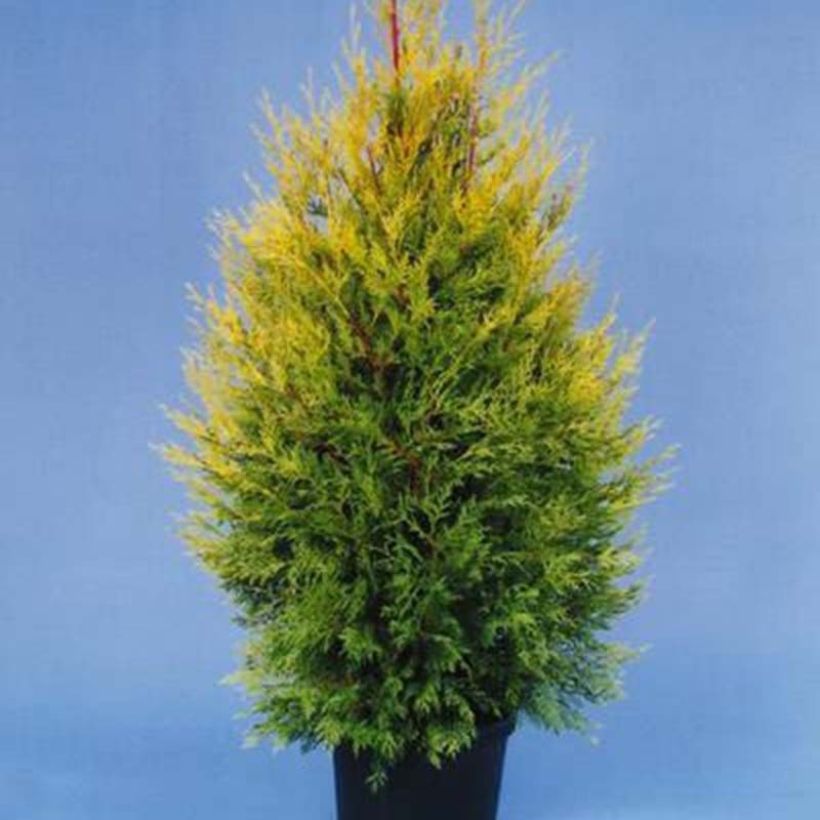

Plant habit
Foliage
Botanical data
Cupressocyparis
leylandii
Excalibur Gold
Cupressaceae
Cyprès de Leyland
Cultivar or hybrid
Planting and care
Install the Leyland Cypress Excalibur Gold in a sunny or partially shaded position, in ordinary but well-prepared and deep soil, as its taproot will need to be able to descend to find water and ensure a good anchorage for its tall stature. Choose its location carefully, as this large pivot root does not at all appreciate being disturbed or broken. This conifer sometimes needs to be staked at planting. If it is very exposed to the wind, it will be preferable to guy it until it becomes established. This conifer tolerates all soils that remain moist until summer, as it fears long dry and hot periods. Space the plants 2 m (6 ft 7 in) apart for hedge planting.
Trees planted in isolation naturally take on a beautiful silhouette, which should not be disturbed by pruning. On the other hand, those used for hedges can be regularly pruned, but with discretion, by applying a healing sealant on the most important wounds.
This conifer can be subject to canker (a pathogenic fungus), especially if it undergoes repeated pruning or injuries. Its most common parasites are red spider mites, aphids, scale insects, bark beetles, and jewel beetles, which are virulent in hot and dry weather; it is advisable to spray the foliage during hot and dry weather to prevent mite proliferation.
Planting period
Intended location
Care
Planting & care advice
-
, onOrder confirmed
Reply from on Promesse de fleurs
Similar products
Haven't found what you were looking for?
Hardiness is the lowest winter temperature a plant can endure without suffering serious damage or even dying. However, hardiness is affected by location (a sheltered area, such as a patio), protection (winter cover) and soil type (hardiness is improved by well-drained soil).

Photo Sharing Terms & Conditions
In order to encourage gardeners to interact and share their experiences, Promesse de fleurs offers various media enabling content to be uploaded onto its Site - in particular via the ‘Photo sharing’ module.
The User agrees to refrain from:
- Posting any content that is illegal, prejudicial, insulting, racist, inciteful to hatred, revisionist, contrary to public decency, that infringes on privacy or on the privacy rights of third parties, in particular the publicity rights of persons and goods, intellectual property rights, or the right to privacy.
- Submitting content on behalf of a third party;
- Impersonate the identity of a third party and/or publish any personal information about a third party;
In general, the User undertakes to refrain from any unethical behaviour.
All Content (in particular text, comments, files, images, photos, videos, creative works, etc.), which may be subject to property or intellectual property rights, image or other private rights, shall remain the property of the User, subject to the limited rights granted by the terms of the licence granted by Promesse de fleurs as stated below. Users are at liberty to publish or not to publish such Content on the Site, notably via the ‘Photo Sharing’ facility, and accept that this Content shall be made public and freely accessible, notably on the Internet.
Users further acknowledge, undertake to have ,and guarantee that they hold all necessary rights and permissions to publish such material on the Site, in particular with regard to the legislation in force pertaining to any privacy, property, intellectual property, image, or contractual rights, or rights of any other nature. By publishing such Content on the Site, Users acknowledge accepting full liability as publishers of the Content within the meaning of the law, and grant Promesse de fleurs, free of charge, an inclusive, worldwide licence for the said Content for the entire duration of its publication, including all reproduction, representation, up/downloading, displaying, performing, transmission, and storage rights.
Users also grant permission for their name to be linked to the Content and accept that this link may not always be made available.
By engaging in posting material, Users consent to their Content becoming automatically accessible on the Internet, in particular on other sites and/or blogs and/or web pages of the Promesse de fleurs site, including in particular social pages and the Promesse de fleurs catalogue.
Users may secure the removal of entrusted content free of charge by issuing a simple request via our contact form.
The flowering period indicated on our website applies to countries and regions located in USDA zone 8 (France, the United Kingdom, Ireland, the Netherlands, etc.)
It will vary according to where you live:
- In zones 9 to 10 (Italy, Spain, Greece, etc.), flowering will occur about 2 to 4 weeks earlier.
- In zones 6 to 7 (Germany, Poland, Slovenia, and lower mountainous regions), flowering will be delayed by 2 to 3 weeks.
- In zone 5 (Central Europe, Scandinavia), blooming will be delayed by 3 to 5 weeks.
In temperate climates, pruning of spring-flowering shrubs (forsythia, spireas, etc.) should be done just after flowering.
Pruning of summer-flowering shrubs (Indian Lilac, Perovskia, etc.) can be done in winter or spring.
In cold regions as well as with frost-sensitive plants, avoid pruning too early when severe frosts may still occur.
The planting period indicated on our website applies to countries and regions located in USDA zone 8 (France, United Kingdom, Ireland, Netherlands).
It will vary according to where you live:
- In Mediterranean zones (Marseille, Madrid, Milan, etc.), autumn and winter are the best planting periods.
- In continental zones (Strasbourg, Munich, Vienna, etc.), delay planting by 2 to 3 weeks in spring and bring it forward by 2 to 4 weeks in autumn.
- In mountainous regions (the Alps, Pyrenees, Carpathians, etc.), it is best to plant in late spring (May-June) or late summer (August-September).
The harvesting period indicated on our website applies to countries and regions in USDA zone 8 (France, England, Ireland, the Netherlands).
In colder areas (Scandinavia, Poland, Austria...) fruit and vegetable harvests are likely to be delayed by 3-4 weeks.
In warmer areas (Italy, Spain, Greece, etc.), harvesting will probably take place earlier, depending on weather conditions.
The sowing periods indicated on our website apply to countries and regions within USDA Zone 8 (France, UK, Ireland, Netherlands).
In colder areas (Scandinavia, Poland, Austria...), delay any outdoor sowing by 3-4 weeks, or sow under glass.
In warmer climes (Italy, Spain, Greece, etc.), bring outdoor sowing forward by a few weeks.






























